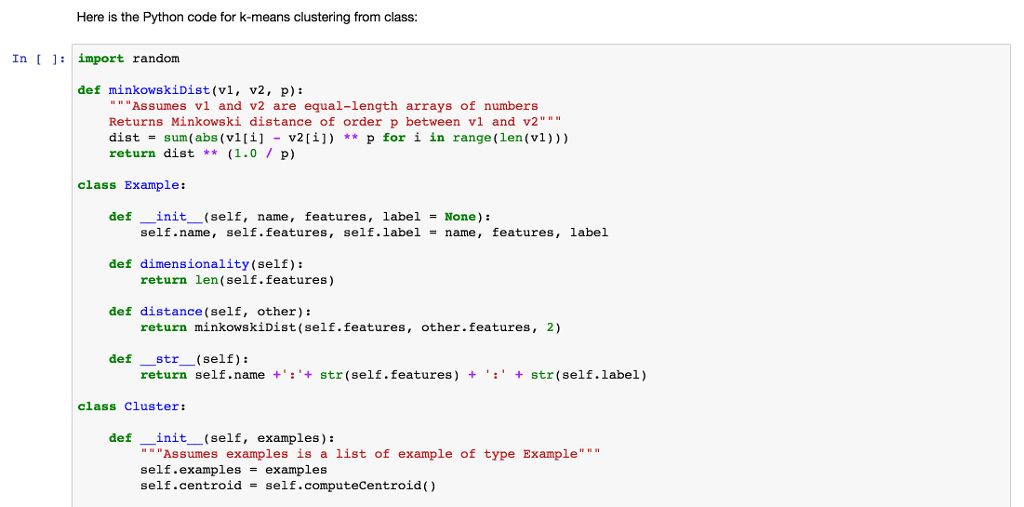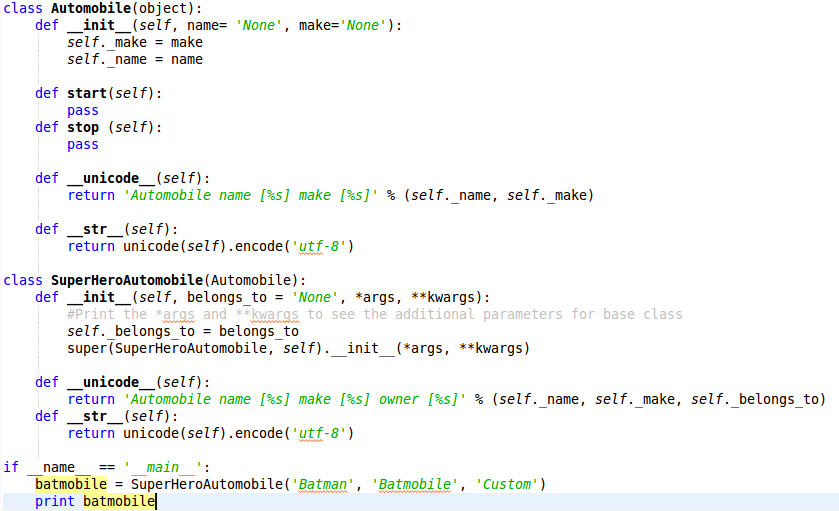

When you're inside of a class definition, you don't have any instances yet, so what you're really modifying is the class itself. This is done by design in Python, the only time you actually have access to the instance is during method calls, and it is shown explicitly with the self argument. In fact, in any instance method, this will be the first argument. The important part is the self argument to _init_.

Just accessing variable will try to access a local variable called variable. It is important to note that you have to use either the self.variable or Node.variable form to access either of these from within a member function. self.element, or by the instance name e.g. These are accessed via the self object, e.g. The second set of variables (inside the _init_ function) are called instance variables. These are equivalent to static member variables in C++, and they are shared by all instances of the class. These can be subsequently accessed using Node.element, etc. The first set of variables (outside the _init_ function) are called class variables. They are located separately in memory, and are accessed quite differently. In python it is possible to have class variables and instance variables of the same name. Here, f.foovar refers to the same object as Foo.foovar, so when you alter the object, the changes are propagated up the hierarchy: > Foo.foovar = Now if we change Foo.foovar directly, it doesn't affect our foo instance: > Foo.foovar = 7īut it does affect a new foo instance: > Foo(5).foovarĪlso keep in mind that mutable objects add another layer of indirection (as mgilson reminded me). we add an instance attribute that effectively masks the value of Foo.foovar. If we don't touch foovar, it's the same for both f and Foo. Here's a simple, concrete example of how that works: > f = Foo(5) all instances of Foo share foovar, but have their own distinct selfvars. Then, if it doesn't find val there, it looks in the parent of Subclass, Superclass.

Then, if it doesn't find val, it looks in its class, Subclass. what actually happens is that first, Python looks for val in the instance itself. When you look for an attribute on instance like this. In simple cases it might look like this: instance -> Subclass -> Superclass -> object (built-in type) It has to do with the way python looks up attributes. They are different, but they are closely related to one another in ways that make them look the same at times. One is a class attribute, while the other is an instance attribute.


 0 kommentar(er)
0 kommentar(er)
